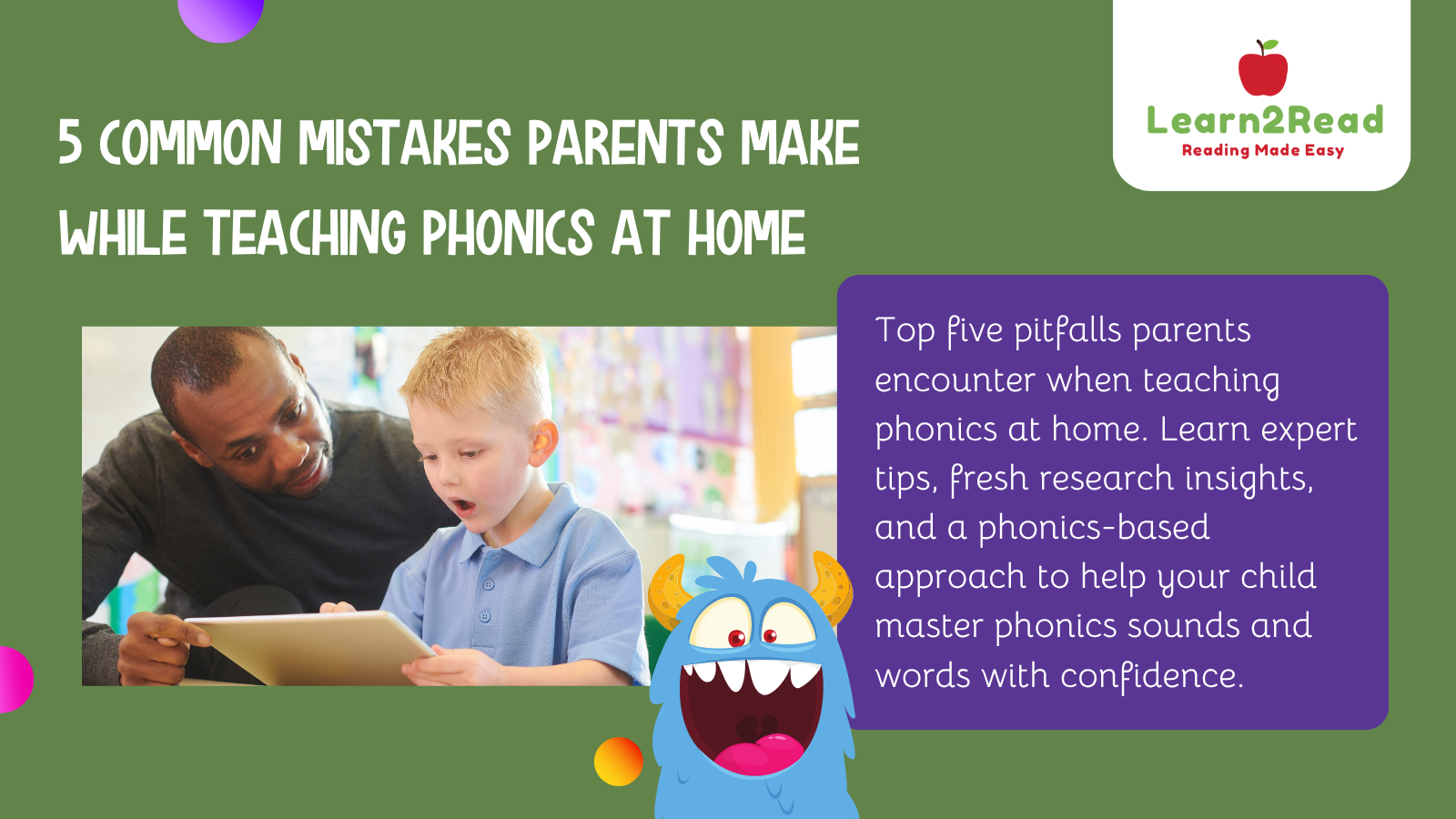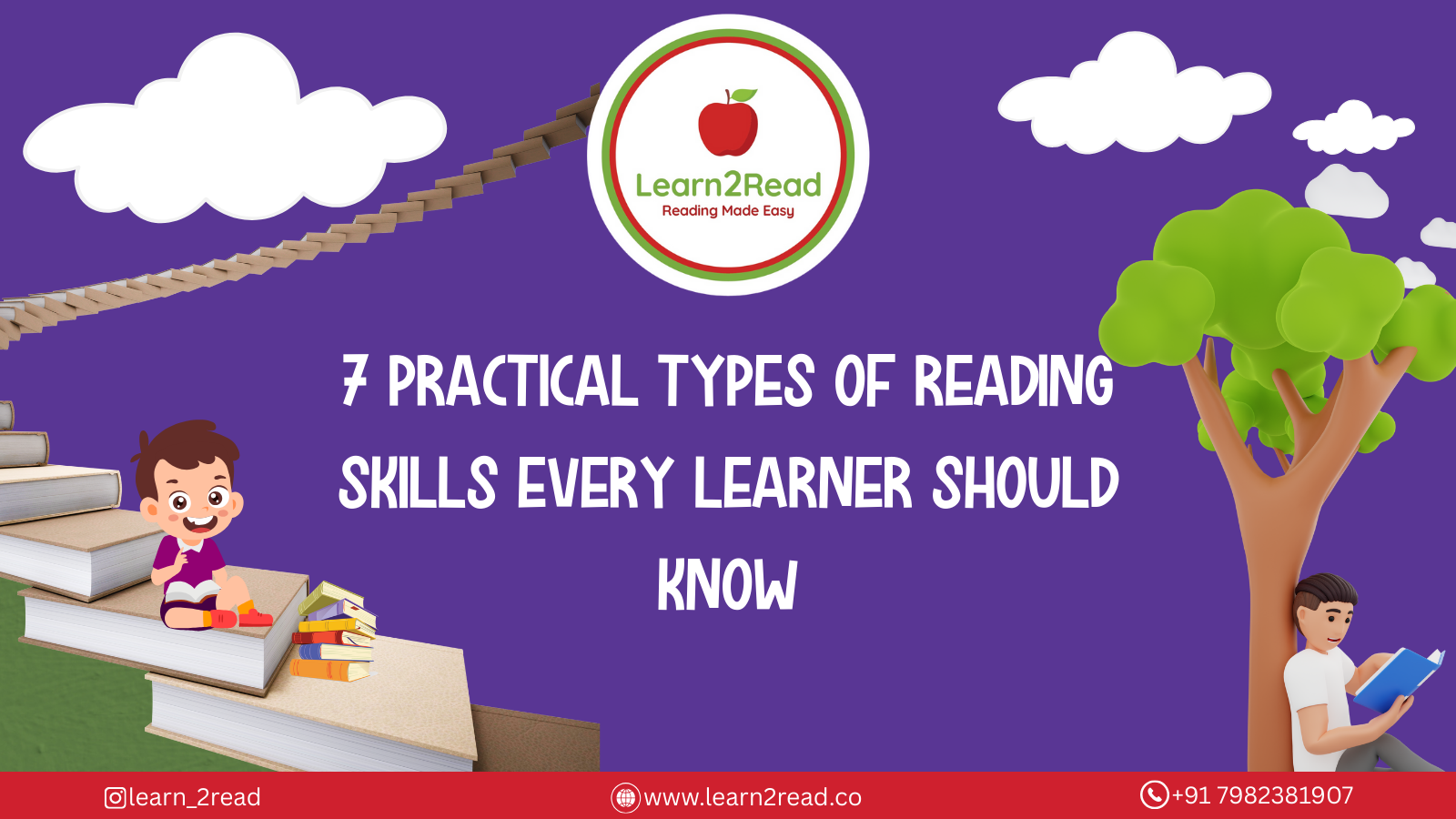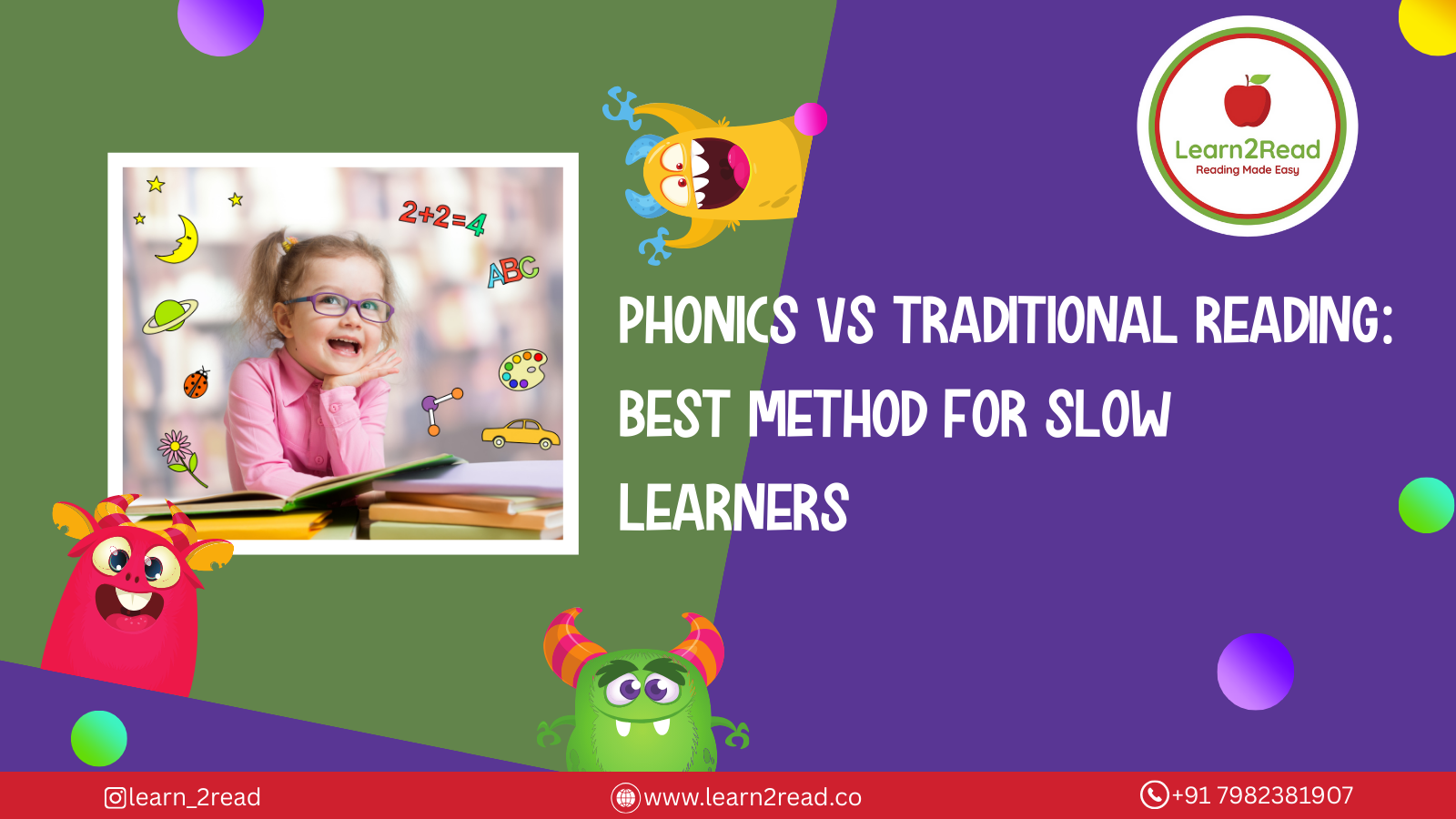19 September 2025
5 Common Mistakes Parents Make While Teaching Phonics at Home

5 Common Mistakes Parents Make While Teaching Phonics at Home
posted on : 18 January 2025
Teaching phonics at home is a great way to kickstart your child’s English learning journey but it’s also very easy to get overwhelmed or unknowingly take the wrong approach and that’s okay. If you're wondering how to learn English phonics sounds and words with your child, the first step is knowing what not to do
Mistake 1: Focusing Only on Letter Recognition
Why This Isn't Enough
Many parents start by teaching the alphabet and then expect their child to start reading. But phonics is not about knowing letters, it's about understanding how those letters sound in real life while speaking. Children need to connect the shape of a letter to its corresponding sound before they can read confidently.
For example, simply knowing the letter “C” doesn’t help until the child knows that it can sound like a /k/ (as in cat) or /s/ (as in circle).
Try This Instead
Start small with 2–3 phonics sounds per week. Use songs, stories, and visuals to help your child hear and say the sounds correctly. Then slowly introduce how those sounds come together to form words; this is the core of phonics.
Mistake 2: Skipping the Blending and Segmenting Stage
What You're Missing
Some parents rush into whole-word reading once their child knows a few sounds. But without blending (putting sounds together to form words) and segmenting (breaking words into individual sounds), kids struggle with fluency and pronunciation.
A Fun Fix
Turn it into a game. Say the word “dog” slowly like “d-o-g” and ask your child to guess the word. Or give them a simple word and ask them to break it down into sounds. These exercises strengthen their ability to read unfamiliar words using phonics, giving them a confidence boost which can shape their whole life ahead.
Mistake 3: Being Too Quick to Correct Mistakes
The Harm in Overcorrecting
Imagine you're trying something new and someone interrupts every time you make a small error. It kills confidence and makes it very irritating for young learners. If you’re correcting every word or sound instantly, they may shut down or stop trying altogether.
Use Encouragement Instead
A better approach is gentle guidance. Repeat the word correctly yourself in a natural way: “Yes, that’s a m-a-t, mat. Great try!” This reinforces learning without discouragement.
Mistake 4: Relying Only on Worksheets or Screens
Why Passive Tools Fall Short
While worksheets and apps are very useful tools they’re not enough by themselves. Children learn best through multi-sensory engagement seeing, hearing, speaking, and doing. Too much screen time or passive learning can limit your child’s ability to apply what they’re learning in real life.
Better Activities for Home
Try using magnetic letters on the fridge to spell out new words. Let your child trace letters in sand or rice. Play games like “I Spy” using phonics sounds: “I spy something that starts with /b/.” These hands-on activities bring phonics words and sounds to life. This approach will help them learn while playing, it's a win-win situation for both you and your kid.
Mistake 5: Not Having a Daily Routine
The Risk of Inconsistency
Phonics isn’t something you can teach once a week and expect results. Like learning any language skill, it needs daily exposure. Without routine, kids forget sounds and struggle to build fluency.
Your 15-Minute Plan
You don’t need hours. Just 15 minutes a day can make a huge difference:
- Mon: Introduce new sounds
- Tue: Blend simple words
- Wed: Practice with storybooks
- Thu: Play phonics games
- Fri: Review and reward progress
Keeping it consistent and fun makes learning feel natural, not like homework.
Impact of Early Phonics Practice
A study on ResearchGate titled "A Systems Approach to Improving Foundational Reading Skills at a Preschool in India" found that children who engaged in daily phonics-based activities improved their reading fluency by 35% and pronunciation accuracy by 28% over three months. The research emphasized that regular caregiver involvement through guided reading and sound games played a key role in reinforcing classroom learning and accelerating literacy development.
Your Role as a Parent Matters Most
You don’t need to be a trained teacher to help your child learn English at home. In fact, your presence, encouragement, and interest can do far more than any app or textbook. The way you speak, play, and respond to your child is what builds their confidence.
How Learn2Read Makes Phonics Learning Easier at Home
At Learn2Read, we’ve designed our programs with parents in mind, especially those starting from scratch. Our phonics-based learning modules focus on helping children aged 3 to 14 build strong reading and speaking foundations through fun, interactive lessons that can be done at home.
Here’s what you get:
- Structured daily activities guided by age and skill level
- Audio and visual tools to help with correct pronunciation
- Easy-to-follow phonics-based lessons even if you're new
- Full support for reading, spoken English, grammar, and comprehension
If you’re searching for online English learning classes, or wondering where to begin, Learn2Read gives you everything you need without needing to plug into complex apps or spend hours on research.
Learning phonics at home isn’t about getting everything perfect. It’s about being present, being consistent, and creating an environment where your child feels safe to make mistakes and grow.
By avoiding these common mistakes and using the right tools you’ll make your child’s early English learning journey smoother, more fun, and more effective.
Ready to get started? Explore our Courses now!
Latest Posts


19 September 2025
Types of Reading Skills and How to Develop Them in Kids

19 September 2025
Phonics vs Traditional Reading: What Actually Works for Early Learners?

19 September 2025



